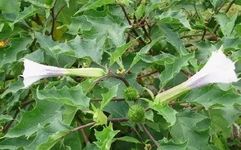
1Mandala (Datura)
It is toxic and serves as a sedative, capable of relaxing muscles. It was a key ingredient in ancient anesthetics like Mafeisan and Yunnan Baiyao. In folk medicine, the flowers, seeds, leaves, and roots have different uses for treating various diseases. Chewing ten seeds can treat insomnia.
2Ghost Needle Grass (Hedyotis diffusa)
When tender, it can be eaten as a vegetable and is quite palatable. It is said to be effective in lowering transaminases and can disperse liver heat.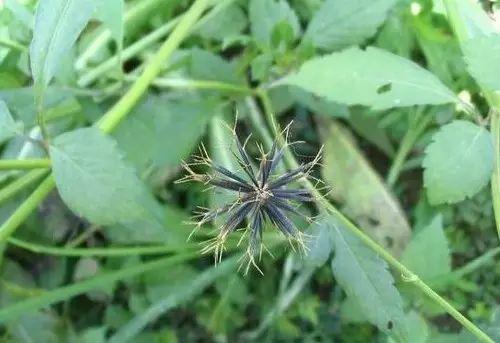
3Bitter Herb (Sonchus oleraceus)
In Yunnan, people refer to the green vegetable as Bitter Herb, but the one in the picture is the true Bitter Herb. It is listed as a superior herb in ancient texts, known to strengthen the stomach and benefit the gallbladder, and has anti-tumor properties, making it suitable for modern people.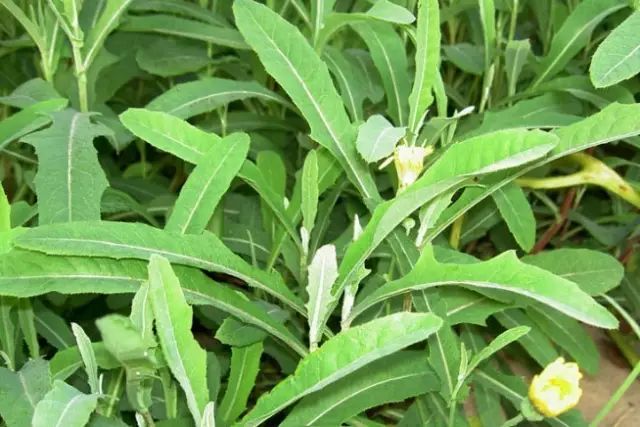
4Sunflower Greens (Helianthus annuus)
There are wild and cultivated varieties. Listed as a superior herb in the “Shennong’s Herbal Classic”, it is a vegetable beneficial to health, though most regions are unaware of its edibility. The wild variety shown can benefit the five organs, with the roots used to promote kidney function and the leaves boiled with brown sugar for effective external treatment of sores and swellings.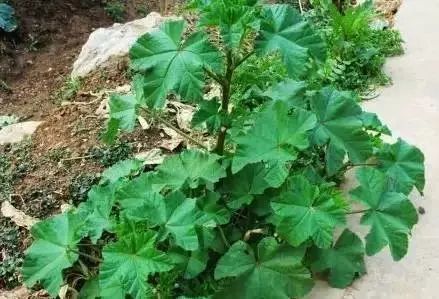
5Nettle (Urtica dioica)
Some texts mention it as toxic, while others classify it as mildly toxic or even highly toxic. In the past, it was primarily used medicinally, but now it is often consumed as a vegetable. Its stinging hairs can cause a prickling sensation upon contact. It can be made into soup or fried with eggs for a delicious dish. It is used to treat children’s coughs and toothaches due to wind-heat. One patient reported that its roots are remarkably effective for treating urticaria.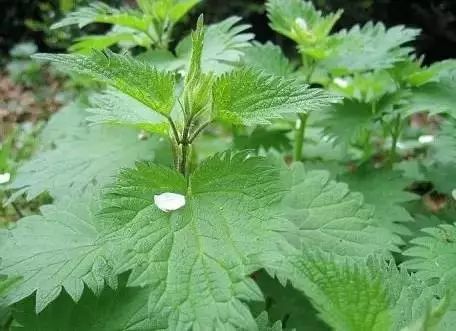
6Black Nightshade (Solanum nigrum)
It clears heat and treats tumors, and is also a commonly used wild vegetable. It has liver-protective, stomach-strengthening, and vision-enhancing properties.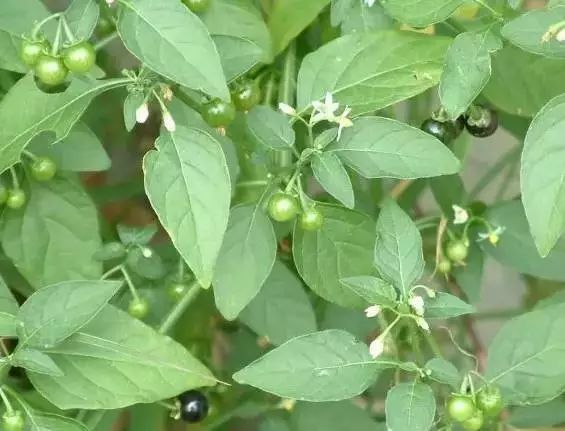
7Yellow Pouch (Cucurbita moschata)
The fruit is delicious, appetizing, and softens the liver, making it good for children.
8He Shou Wu (Polygonum multiflorum)
Used to tonify and nourish qi and blood, it has a neutral flavor and can be consumed regularly. It detoxifies and promotes bowel movements without harming yin. The sprouts have calming and blood-nourishing effects.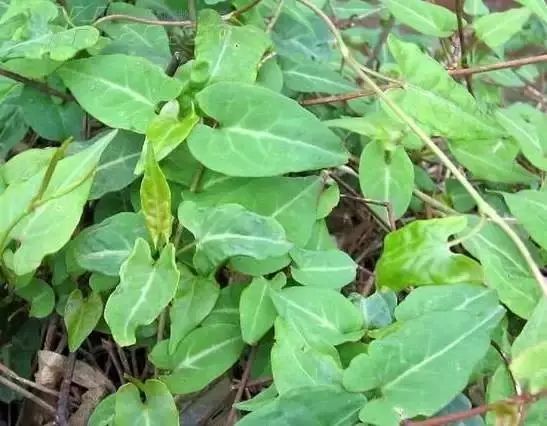
9Black Pouch (Cucurbita pepo)
The fruit has similar effects to Yellow Pouch. The leaves and tender tips boiled with brown sugar are effective for treating liver-related diarrhea without side effects.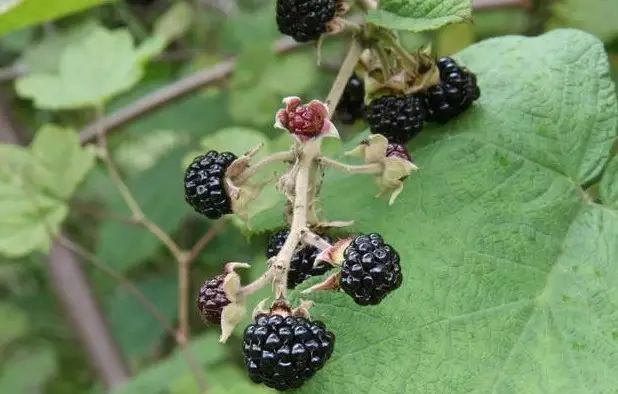
10Wild Mint (Mentha arvensis)
It has a similar taste and effect to cultivated mint, dispersing wind-heat, eliminating foul qi, and detoxifying from fish and shrimp.
11Palm (Phoenix dactylifera)
The palm fibers, flowers, and roots are medicinal, with astringent properties that can stop bleeding, particularly effective for gynecological discharge.
12Gray Herb (Chenopodium ambrosioides)
Generally not used medicinally, it was used in ancient recipes to make winter ash and is now rarely used. It can clear lung and visceral stagnation.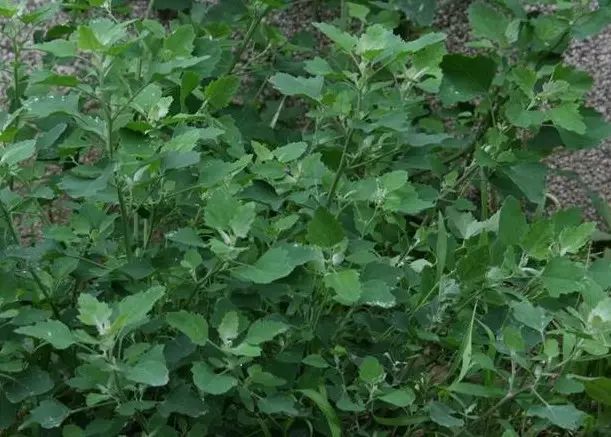
13Summer Caltrop (Prunella vulgaris)
It grows according to the seasons and can harmonize blood, drawing yang into yin to treat insomnia. It has a salty taste and can soften hardness and disperse masses. It is non-toxic, and the tender sprouts should be edible, but in central Yunnan, there are many vegetables, and no one eats it.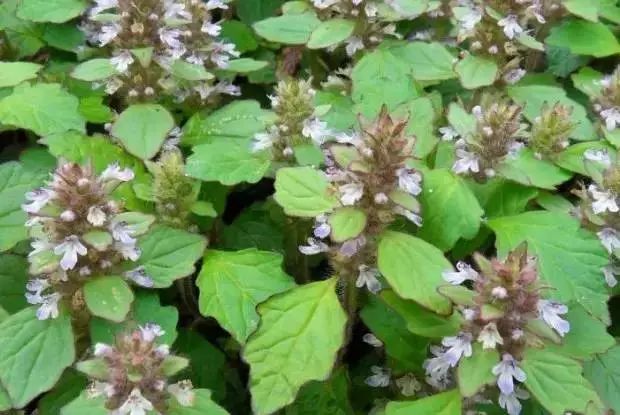
14Plantago (Plantago asiatica)
Used in pharmacies, both the seeds and the herb have the same effects, clearing bladder heat, benefiting kidney qi, and preventing stone formation. Additionally, it can expel lung heat through urination and treat coughs. There are two varieties: large-leaf and small-leaf, with the small-leaf variety being better.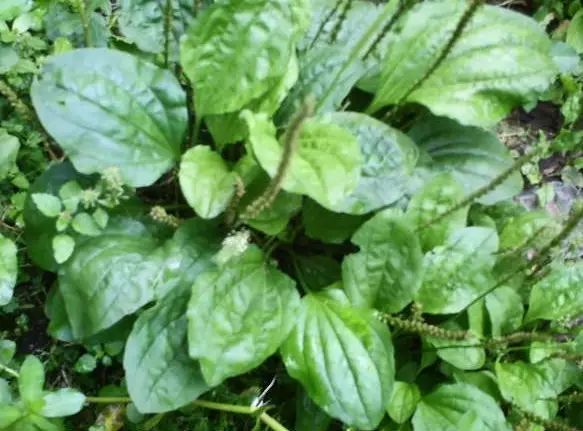
15Iron Wormwood (Artemisia argyi)
There are many types of wormwood, some for medicinal use, some for food, and some for both. Pharmacies often use Qinghao (Artemisia annua) and Huanghao (Artemisia vulgaris). Iron wormwood can clear empty heat and is similar to Qinghao, with a less bitter taste. During difficult times, common people also consumed it to stave off hunger, and it has health benefits, but unfortunately, it has not been researched or developed.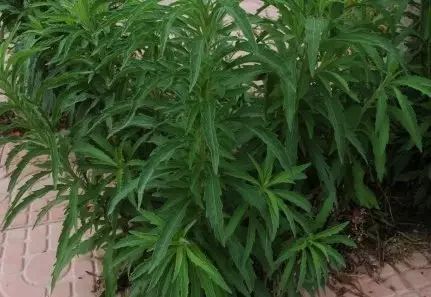
16Honeysuckle (Lonicera japonica)
All parts of honeysuckle can be used medicinally and is one of the precious Chinese medicinal materials recognized by the State Council. Honeysuckle has functions of clearing heat, detoxifying, antibacterial, anti-inflammatory, and protecting the liver and gallbladder.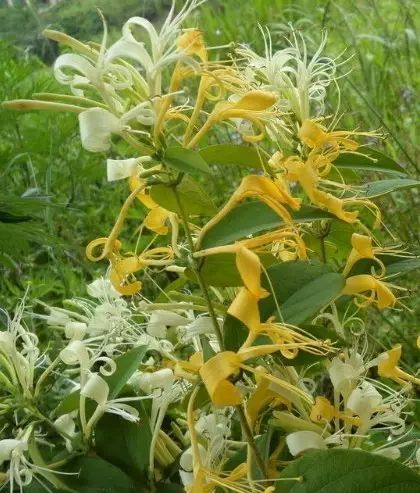
17Dandelion (Taraxacum officinale)
Properties: Sweet, slightly bitter, cold. It clears heat, detoxifies, reduces swelling, and disperses masses.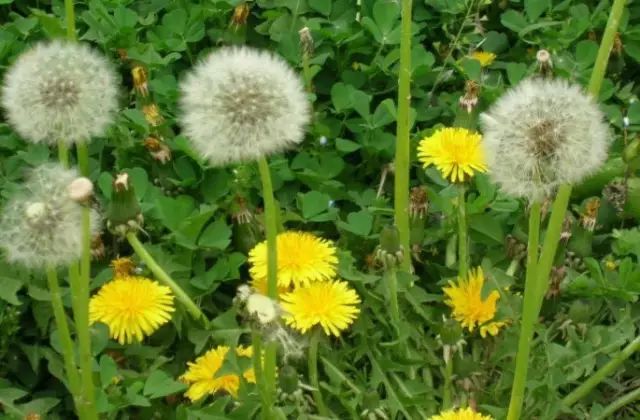
18Duck’s Foot Grass (Houttuynia cordata)
1. For urinary obstruction: Use one ounce of Duck’s Foot Grass and one ounce of Plantago, mash to extract juice, add a little honey, and take on an empty stomach. 2. For dysentery: Boil Duck’s Foot Grass and take daily. 3. For throat obstruction: Use Duck’s Foot Grass juice to gargle. 4. For hemorrhoids: Use Duck’s Foot Grass and Bichan flower together, knead soft and apply to the affected area.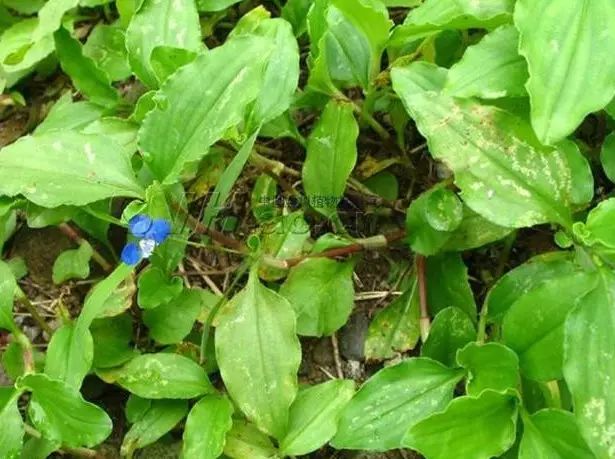
19Houttuynia (Houttuynia cordata)
Found in fields near water, it has a sweet, slightly sour, and cool taste. It can clear heat, detoxify, reduce swelling, promote urination, and counteract snake venom.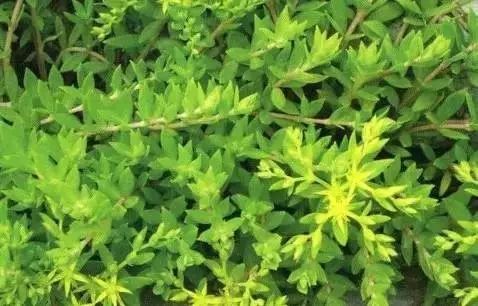
20Lantern Grass (Physalis alkekengi)
This one needs no introduction; it is often picked and eaten sour in childhood. It clears heat, detoxifies, promotes urination, stops bleeding, and disperses masses.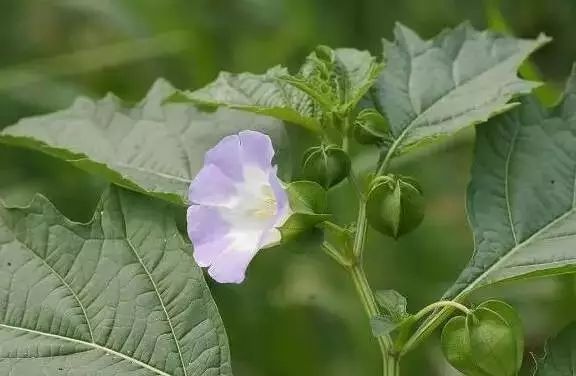
21Common Cocklebur (Xanthium strumarium)
It disperses wind and dampness, opening nasal passages. It is used for wind-cold headaches, nasal congestion, wind rash itching, and dampness-related stiffness and spasms.
22Malva (Malva sylvestris)
It is also a common wild vegetable, known as Malva head, Jiaqian chrysanthemum, chicken intestine, and red-stemmed vegetable. It belongs to the Malvaceae family. The whole herb is used medicinally. It is cool in nature and spicy in taste. It enters the Taiyin lung and Jueyin liver meridians. It cools the blood, clears heat, benefits dampness, and detoxifies. It treats blood heat, dysentery, edema, gonorrhea, chyluria, hemoptysis, hematochezia, menorrhagia, and red, painful eyes.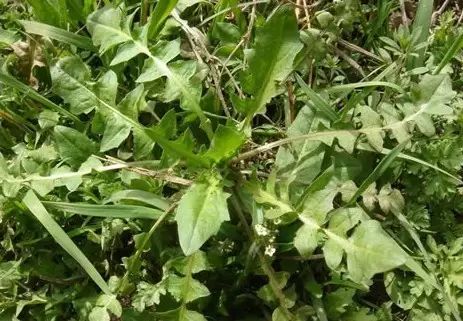
23Small Thistle (Cirsium setosum)
One of the wild vegetables. Also known as prickly herb, cat thistle, prickly radish, knife vegetable, and wild red flower. It belongs to the Asteraceae family. The whole herb or root is used medicinally. It is cool in nature and sweet in taste. It enters the liver and spleen meridians. It cools the blood, dispels stasis, and stops bleeding. It treats hemoptysis, epistaxis, hematuria, dysuria, hematochezia, blood collapse, acute infectious hepatitis, traumatic bleeding, and carbuncles.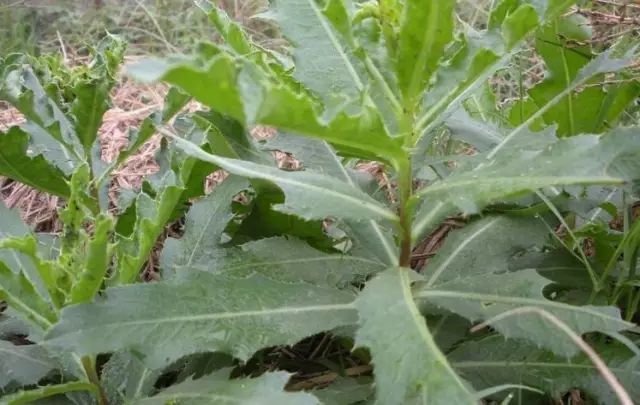
24Water Celery (Oenanthe javanica)
One of the wild vegetables. It belongs to the Apiaceae family. The whole herb is used medicinally. It is cool in nature and spicy in taste. It calms the liver, releases the exterior, and promotes rashes. It treats early-stage measles, hypertension, and insomnia. When foraged, be cautious of a toxic variety that resembles it, which is robust and generally grows scattered, while water celery grows in patches near water or wetland.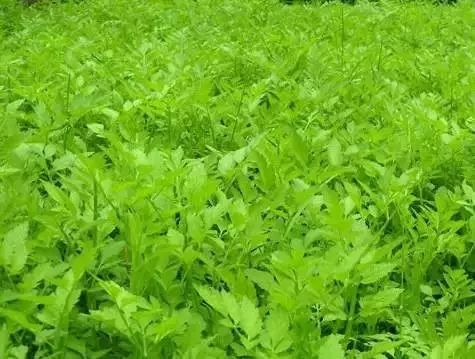
25Cilantro (Coriandrum sativum)
Also known as broken copper coin, chicken grass, and pot coriander, it belongs to the Apiaceae family. The whole herb is used medicinally. It is cold in nature and has a bitter and spicy taste. It clears heat, promotes urination, reduces swelling, and detoxifies. It treats jaundice, dysentery, urinary difficulties, and throat swelling.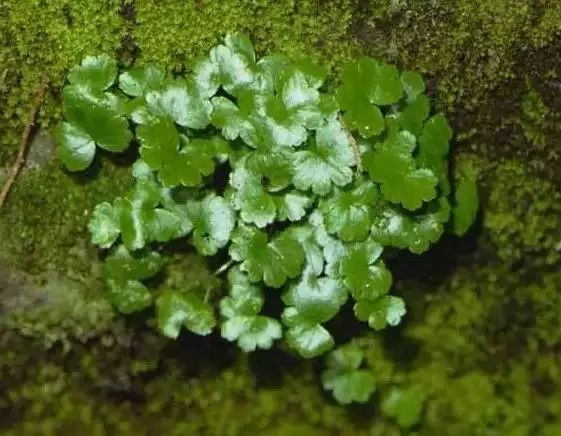
26Oxalis (Oxalis corniculata)
Also known as three-leaf sour grass, vinegar mother grass, and quail sour. It belongs to the Oxalidaceae family. The whole herb is used medicinally. It is cold in nature and sour in taste. It enters the Yangming and Taiyang meridians. It clears heat, benefits dampness, cools the blood, disperses stasis, reduces swelling, and detoxifies. It treats diarrhea, dysentery, jaundice, gonorrhea, red and white discharge, measles, hemoptysis, epistaxis, sore throat, carbuncles, and abscesses, as well as injuries from burns and cuts.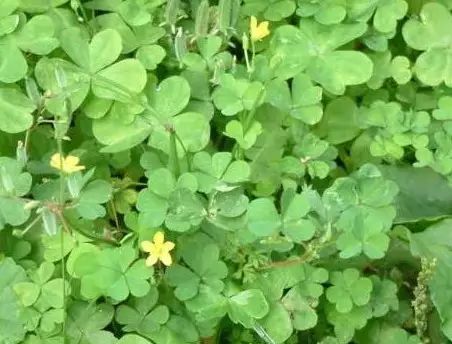
27Earwort (Euphorbia hirta)
Chinese medicinal name: Mother’s fingernail, also known as seed grass and high-foot mouse ear grass. It belongs to the Caryophyllaceae family. The whole herb is used medicinally. It is sweet in taste and clears heat from urinary symptoms.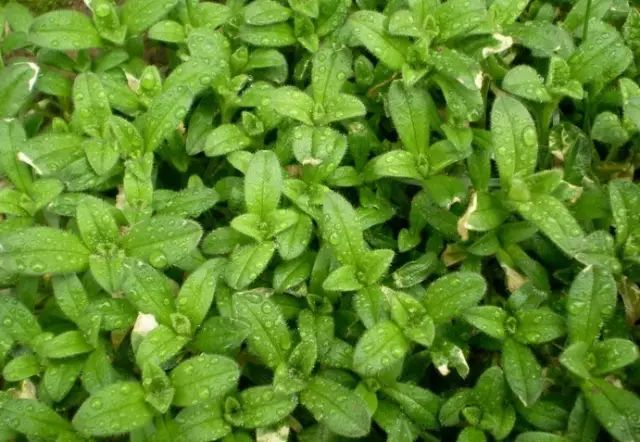
28Qiqi Grass (Euphorbia hirta)
Also known as pearl grass and earth pine. It belongs to the Caryophyllaceae family. The whole herb is used medicinally. It is cool in nature and bitter and spicy in taste. It treats lacquer sores, bald patches, carbuncles, lymphadenitis, dental caries, pediatric milk accumulation, and internal injuries from falls.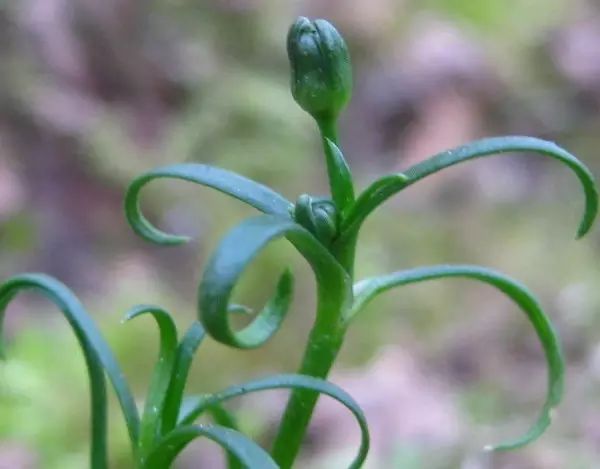
29Tongquan Grass (Euphorbia hirta)
Chinese medicinal name: Green orchid flower, also known as tiger grass, stone lichen grass, and pus medicine. It belongs to the Scrophulariaceae family. It is cool in nature, slightly sweet, and non-toxic. The whole herb is used medicinally. It reduces inflammation, detoxifies, and treats carbuncles, abscesses, and burns.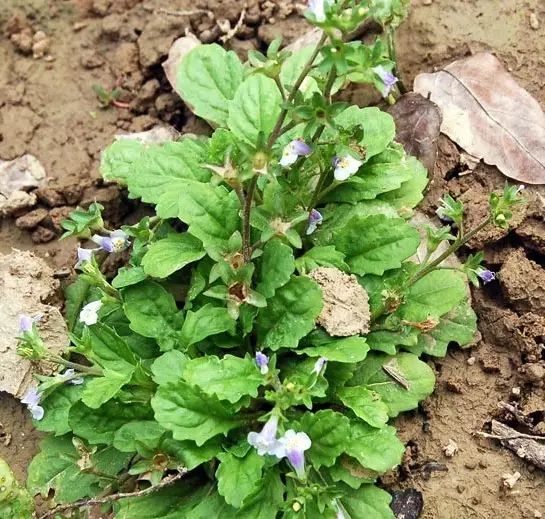
30Persian Motherwort (Leonurus cardiaca)
Chinese medicinal name: Kidney grass, also known as lantern grass and Persian water bitter lettuce. It belongs to the Scrophulariaceae family. It is neutral in nature, with a spicy and bitter taste. The whole herb is used medicinally. It detoxifies heat, treats kidney deficiency, and alleviates rheumatism.
31Water Chestnut (Trapa natans)
It promotes urination, reduces swelling, transforms phlegm, disperses masses, and is used for ascites, edema, pulmonary tuberculosis, cervical lymphadenitis, excessive phlegm, cough, and skin diseases.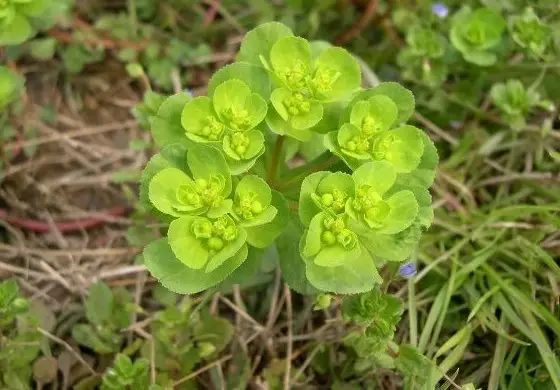
32Dog’s Tail Grass (Cynodon dactylon)
Also known as green dog tail grass, it is used to clear heat, eliminate dampness, and reduce swelling. It treats carbuncles, sores, and red eyes.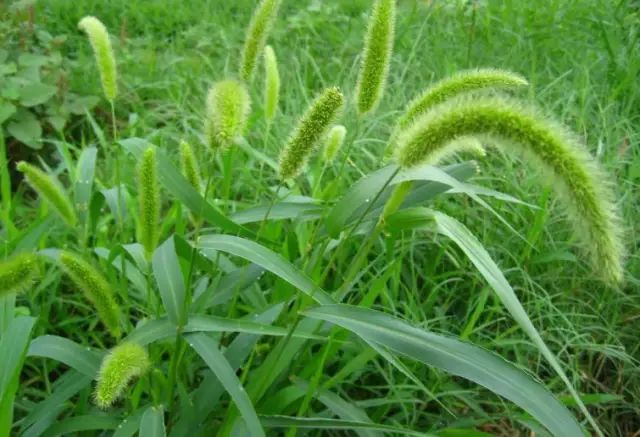
33Daylily (Hemerocallis fulva)
Daylily is a perennial herbaceous plant with tender and nutritious flower buds, rich in pollen, sugars, proteins, vitamin C, calcium, fats, carotene, and amino acids essential for the human body. Its carotene content is several times higher than that of tomatoes. Daylily has a sweet and cool nature, with effects of stopping bleeding, reducing inflammation, clearing heat, benefiting dampness, aiding digestion, enhancing vision, and calming the mind. It is effective for hemoptysis, blood in stool, urinary obstruction, insomnia, and insufficient milk production, and can be used as a tonic after illness or childbirth.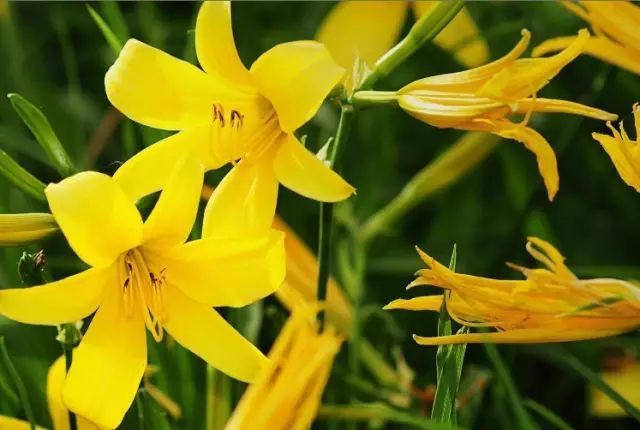
34Red Sage (Salvia miltiorrhiza)
The medicinal part is the whole herb, which can be harvested throughout its growth period, used fresh or dried for later use.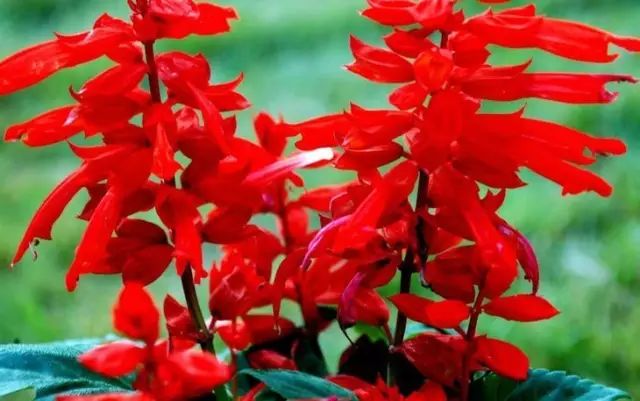
35Duck Tongue Grass (Houttuynia cordata)
Duck Tongue Grass has a bitter taste and a cool nature; it has heat-clearing and detoxifying effects. It is used for dysentery, enteritis, acute tonsillitis, erysipelas, and carbuncles. It can also be used for acute bronchitis and whooping cough.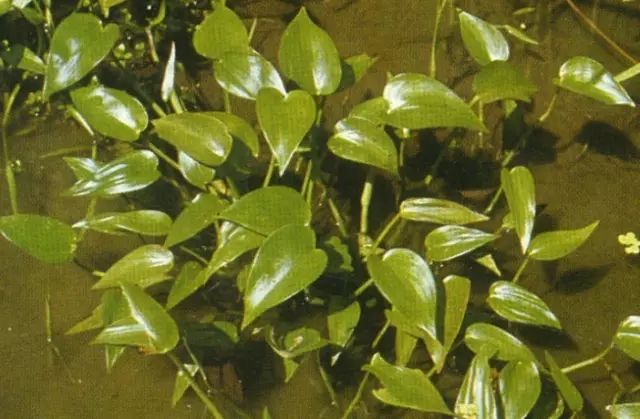
36Water Hyacinth (Eichhornia crassipes)
Also known as water lily or floating lily. The whole herb is used medicinally. It is harvested in spring and summer, cleaned, and used fresh or dried.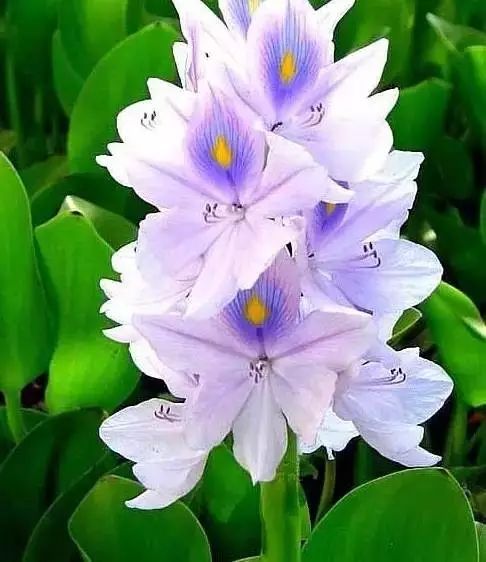
37Orchid Ginseng (Dendrobium nobile)
It tonifies deficiency and releases the exterior. It treats deficiency, labor injuries, hemoptysis, epistaxis, spontaneous sweating, night sweats, women’s leukorrhea, wind-cold cough, stomach pain, diarrhea, and knife wounds.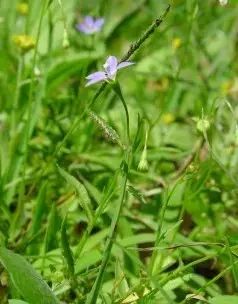
38Chai Hu (Bupleurum chinense)
Properties: Slightly cold, bitter, and spicy, entering the liver, lung, and spleen meridians. Functions: Disperses exterior heat, relieves liver stagnation, and raises yang qi. It is used for fever from colds, alternating chills and fever, malaria, liver qi stagnation, chest and rib distension, prolapse of the rectum, uterine prolapse, and menstrual irregularities.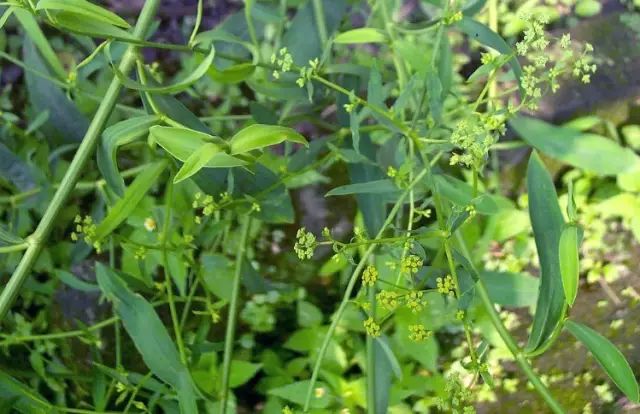
39Ophiopogon (Ophiopogon japonicus)
Properties: Sweet, slightly bitter, slightly cold. It enters the heart, lung, and stomach meridians. Functions: Nourishes yin, generates fluids, moistens the lungs, and clears the heart. It is used for dry cough due to lung dryness, yin deficiency cough, throat obstruction and pain, thirst due to fluid loss, internal heat thirst, irritability and insomnia, and constipation due to dryness.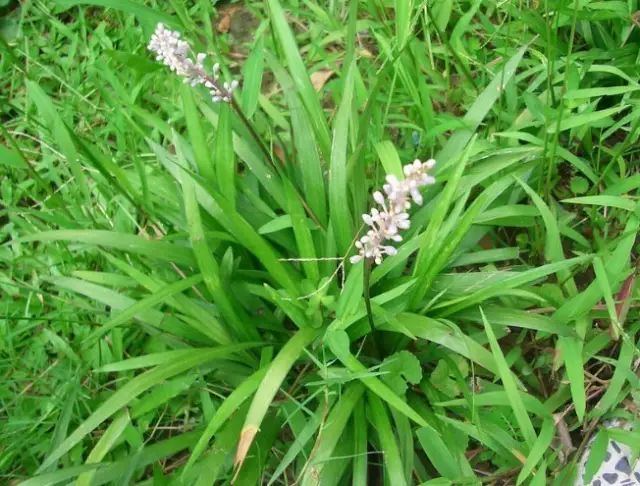
40Yuzhu (Polygonatum odoratum)
Nourishes yin, moistens dryness, alleviates irritability, and quenches thirst. It treats heat illness with yin injury, cough with irritability and thirst, deficiency fever, easy hunger, and frequent urination.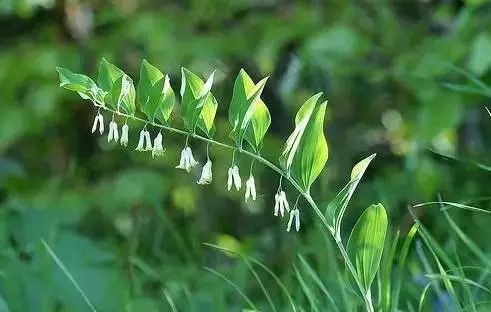
41Sangbai Pi (Morus alba)
Properties: Sweet and cold, entering the lung meridian. Functions: Clears lung heat, relieves cough and asthma, and promotes urination to reduce swelling. It is used for cough and asthma due to lung heat, facial swelling, and urinary difficulties.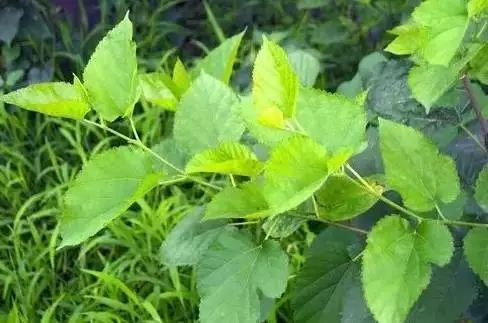
END
Source: Plant Frontiers

 Share
Share Save
Save View
View Like
Like

